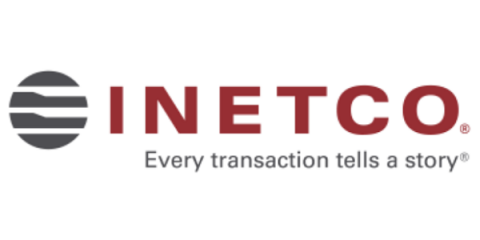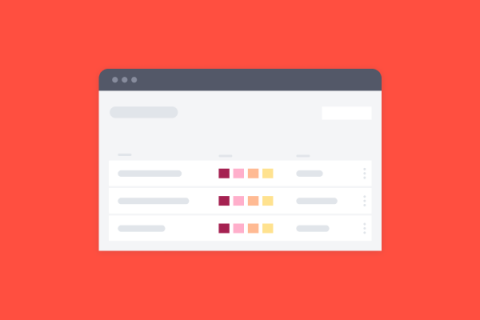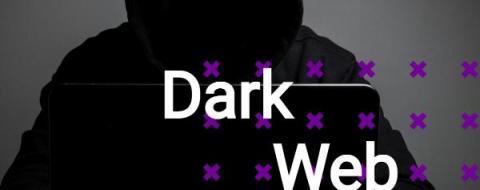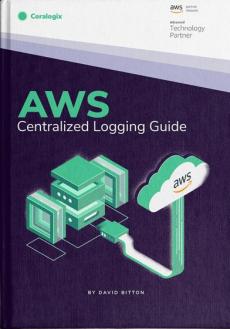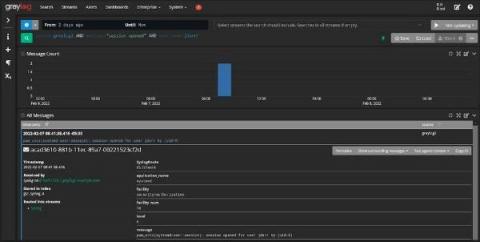Fraud Prevention Strategy: Finding Weak Links in the Payment Transaction Cycle
This blog is a part of our new series 5 Strategies for Building Resilience to Financial Crimes and Cyber Attacks in 2022. In the last few years, we have all observed an increase in the sophistication of cyber-enabled attacks and financial crimes. This coincided with intensified focus on digital banking by financial institutions and increased volumes of online transactions.


